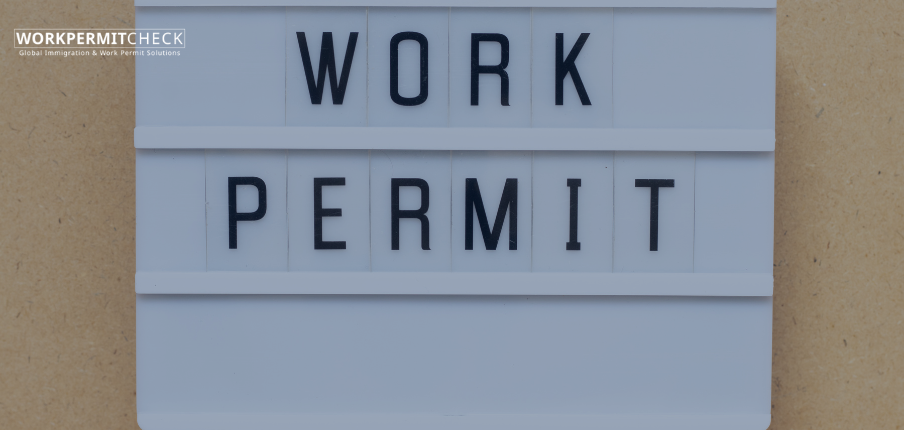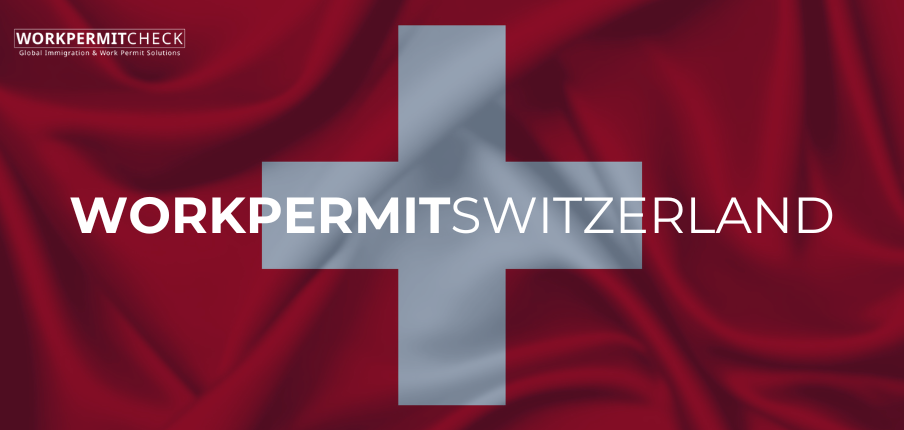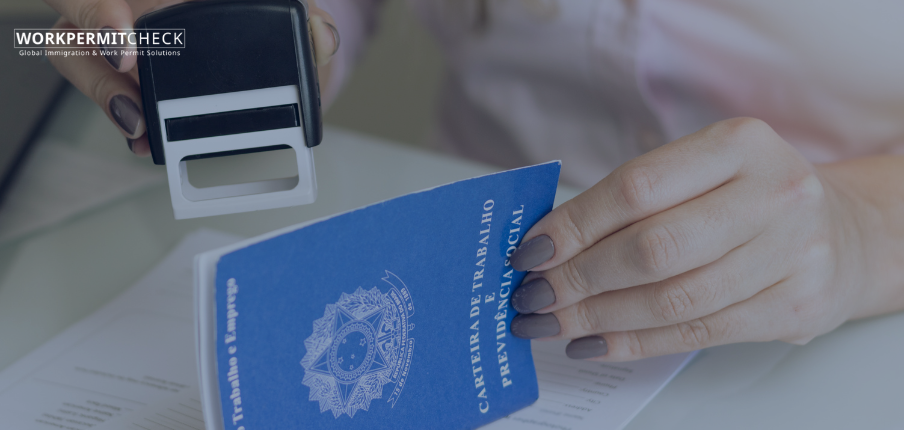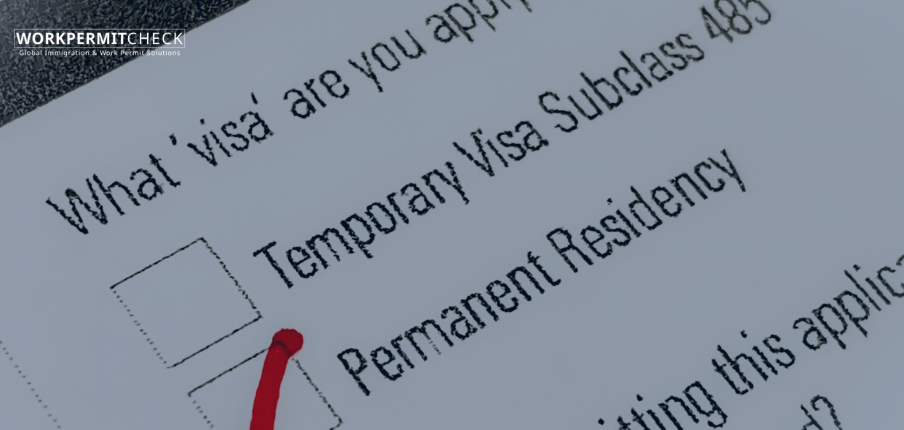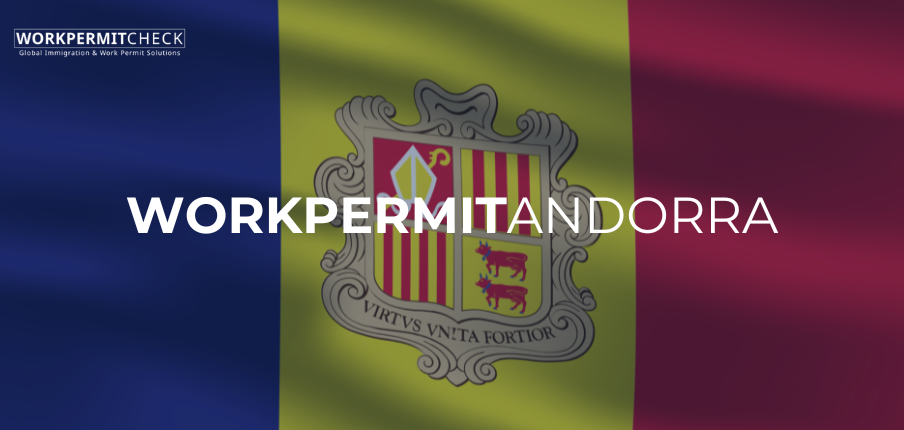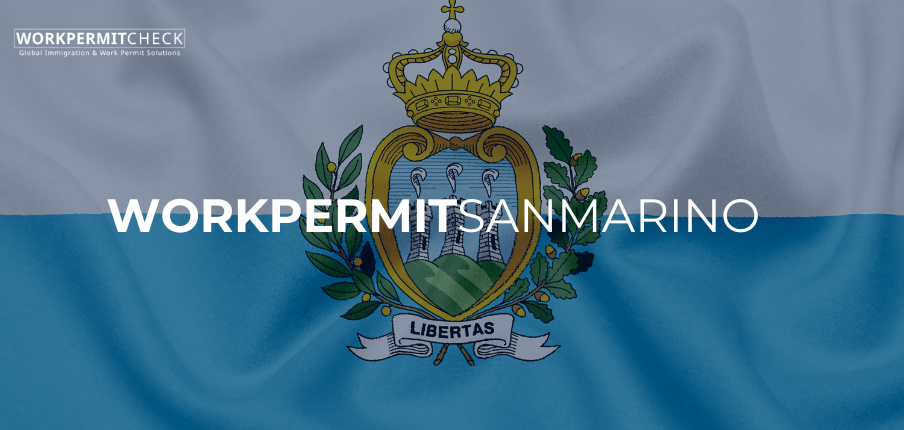Receiving a rejection on your work permit application can be disheartening, especially if you were counting on starting a new job or relocating abroad. The good news is that in many countries, you have the right to appeal the decision. Understanding why your application was denied and how the appeal process works can make all the difference in turning a “no” into a successful outcome.
Here’s a step-by-step guide to appealing a rejected work permit application.
1. Understanding the Rejection
Before you can appeal, it’s essential to know why your application was denied. Most immigration authorities will provide a written explanation for the rejection. Common reasons include:
-
Incomplete or incorrect documentation
-
Failure to meet minimum salary thresholds
-
Lack of qualifications for the job offered
-
The job could be filled by a local or EU/EEA worker (labor market test failure)
-
Employer is not recognized or authorized to sponsor workers
-
Inaccurate or false information on the application
-
Criminal record or security concerns
-
Health insurance or housing requirements not met
2. Check If You’re Eligible to Appeal
Not every case is eligible for appeal, but most work permit systems allow at least one of the following:
-
Formal appeal through an immigration tribunal or administrative court
-
Reconsideration request or internal review by the issuing authority
-
New application (if the appeal is not possible or not beneficial)
Check the decision letter carefully. It will often state whether you have the right to appeal and the deadline for doing so.
3. Appeal Deadlines and Timeframes
Appeal periods vary by country but typically fall between 15 and 90 days from the date you receive the rejection. Missing the deadline may forfeit your right to appeal.
Examples:
-
European countries (e.g., Germany, France, Finland): 1 month
-
United States (USCIS): 30 days for motions to reopen or appeals
-
Canada: Timeframes vary by permit type and whether you apply from inside or outside the country
Always submit your appeal or review request within the specified timeframe.
4. Steps to File an Appeal
Step 1: Gather All Documentation
-
Decision letter
-
Original application and supporting documents
-
Proof of any new or corrected information
-
Any communications with the immigration office
Step 2: Review Appeal Procedure
Check the country’s official immigration website for the appeal instructions. You may need to:
-
Submit a form (such as a Notice of Appeal)
-
Write a formal appeal letter explaining your case
-
Pay any required legal or processing fees
-
Appoint a legal representative if needed
Step 3: Draft a Strong Appeal
Your appeal should address the specific reasons for rejection and provide clear, corrected, or new information. This may include:
-
Missing documents now included
-
Clarification of misunderstood items (e.g., educational equivalency)
-
Updated employment contract or employer sponsorship
-
Letters of support from employer or legal advisors
Step 4: Submit Your Appeal
Send the appeal to the correct immigration or administrative body as listed in the instructions. Some countries allow online submission; others require physical documents.
Step 5: Wait for a Decision
Processing times for appeals can range from a few weeks to several months. In the meantime, you generally cannot begin working unless you have a valid permit or are allowed to stay under a different status.
5. Tips to Strengthen Your Appeal
-
Consult an immigration lawyer or advisor familiar with the country’s system.
-
Submit complete, clear, and professionally translated documents (if applicable).
-
Address each rejection reason directly with supporting evidence.
-
Avoid emotional arguments—stick to facts, laws, and documentation.
-
If new circumstances arise (new job offer, corrected salary), mention them clearly.
6. What If the Appeal Is Denied?
If your appeal is unsuccessful, you may have additional options:
-
File a judicial appeal to a higher administrative or constitutional court
-
Reapply with a stronger application, correcting all issues
-
Explore alternative visas (e.g., student, freelancer, investment)
-
Wait out a cooling-off period and try again later
Your decision letter will usually explain whether further appeals are possible or if the decision is final.
7. Countries with Notable Appeal Systems
Here are some examples of how appeals work in different countries:
-
Germany: Applicants can appeal within 1 month to the local administrative court (Verwaltungsgericht).
-
Canada: In some cases, applicants can seek a judicial review at the Federal Court.
-
Finland: Appeals are submitted to the Administrative Court within 30 days.
-
United Kingdom: Appeal rights vary by visa type; many decisions can be challenged via an Administrative Review.
-
USA: Appeals go through the USCIS Administrative Appeals Office (AAO) or via a Motion to Reopen/Reconsider.
Conclusion
A rejected work permit application isn’t the end of the road. Most systems are built with safeguards, including appeal rights, to ensure fair treatment. If you act quickly, follow procedures, and provide the necessary information, your appeal can stand a real chance of success.
If you're unsure how to proceed or feel overwhelmed, consulting with an immigration professional can be a worthwhile investment. They can help ensure your appeal is both timely and effective—bringing you one step closer to your goals abroad.
April 16, 2025
